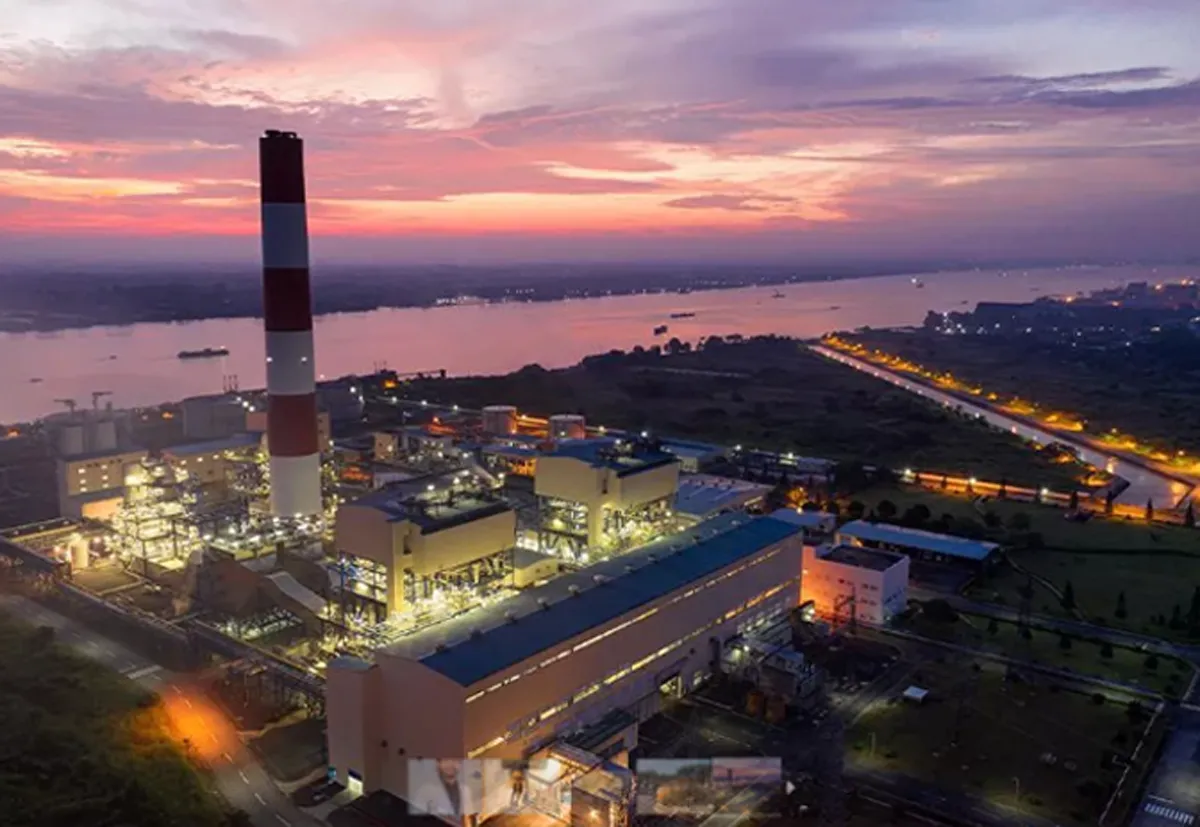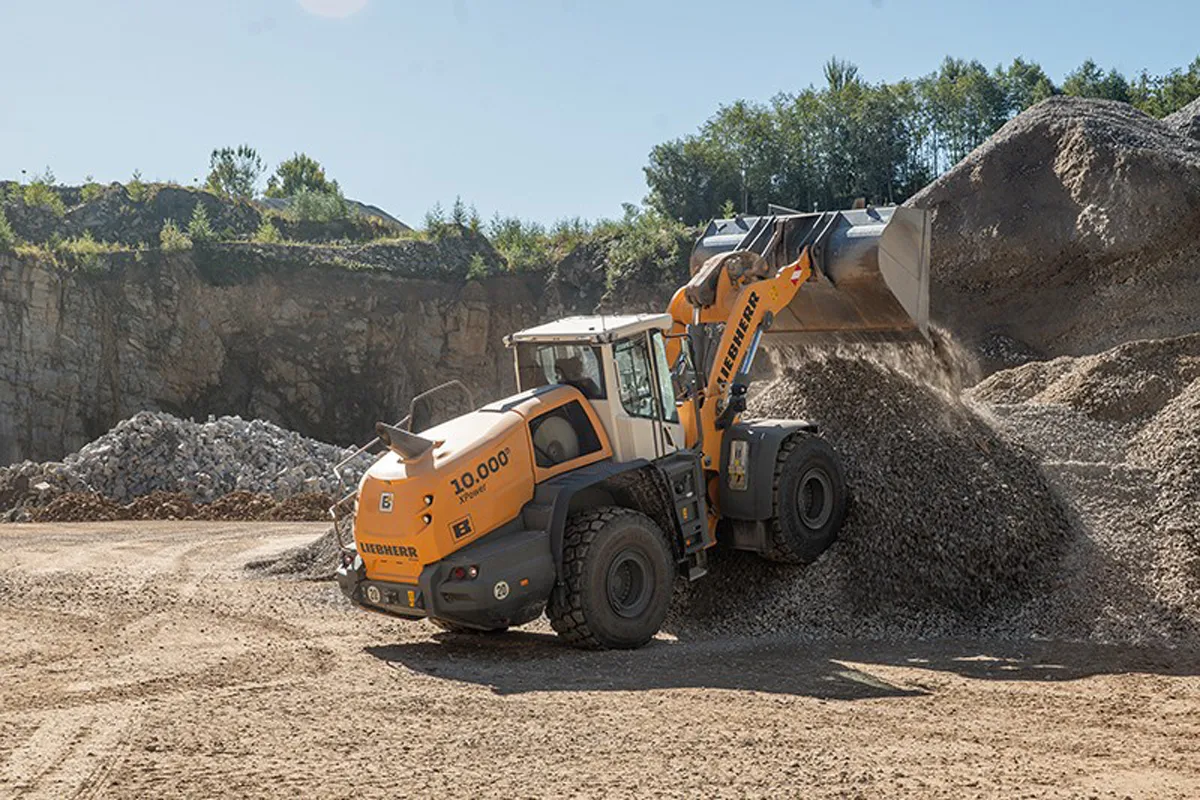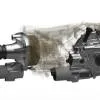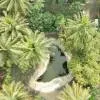In the 40th of a series of practical construction tips, Engineer Jagvir Goyal discusses aspects of exterior and internal painting.
1. Always use two coats of paint for work. A single coat may soon wear off, requiring another paint job after some time. It may also fail to hide putty repair. If old paint has been thoroughly removed, fear of film or flakes coming off will vanish. Apply the second coat only when the first is fully dry. There is no standard time for the first coat to dry as different paints have different drying times. Provide full air circulation in rooms for quick drying.
2. Use a sealant on external surfaces. It will fill up the micro holes or pores of walls and save them from seepage of water. Sealants don’t change the appearance of the wall. Choose a sealant that lends a glossy or matt finish to the walls depending upon your choice. Spray it over the final finish. Application of sealants on porous surfaces such as brickwork or stone cladding is especially useful.
3. If you want to clad the walls of your house with a special covering, there are many choices available, such as ceramic tiles of gloss, matt and wood finish, artificial stone, granite, and various sandstone options like Kota, Dholpur, Cuddapah, Paharpur or Agra red. Also, you have marble and quartzite such as Delhi blue stone. All stones can take good polish. For stone cladding work, you must provide stainless steel dowels in walls at regular intervals depending upon the sizes of slabs. These will hold the slabs in position. Granite is also being used these days and is attractive but it is expensive. Another external finish is now available that looks like natural wood. Launched by Prodema, it is only available in metros and is quite expensive. However, it lends exclusivity to a building.
4. For painting internal surfaces, the choice today is between distempers and emulsions. Emulsions include extra premium acrylic emulsions, premium acrylic emulsions and acrylic emulsions. All acrylic emulsions are durable and lend a smooth finish to walls. You can choose glossy, semi-glossy or matt finish. Among distempers, oil bound distempers, known as OBDs, are also durable, if applied correctly, and are economical compared to emulsions.
5. Acrylic emulsions cost two to 10 times the cost of acrylic distempers. The best way to economise is to choose a combination of both finishes. Here’s a guideline for an economical and durable internal finish: Inner walls: Acrylic emulsions
Ceilings: OBDs with POP moulding and cornice Doors: Polish instead of paint Kitchen: OBDs Bathrooms: Acrylic emulsions
Balcony wall and ceiling: Textured finishes External finish: Textured finishes.
6. If you choose dry distemper for internal surfaces of walls, ensure that it is IS 427 marked. Dry distemper is supplied in powder form and has no resistance to water. It can’t be washed. About 1.5 litre of water is added to 2.5 kg of distemper. Use lukewarm instead of cold water. Allow the solution to stand for ½ hour at least; then stir well and use. It won’t cost more than Rs 1.25 per sq ft but it has a short life. Sometimes, people do a first coat of whitewash and then apply distemper. Don’t use whitewash here. Instead, use a white chalk solution in water as a primer for the distemper. Dry distemper should give coverage of about 6 sq m per kg of distemper for two coats. Mix DDL or Fevicol to dry distemper for better adhesion. Golden Champion and Goldy are good brands of dry distemper.
7. Prefer OBD over dry distemper - it is washable, doesn’t come off on washing and a better option. It contains an emulsion of drying oil or varnish that resists water. Ensure that it conforms to IS 428. Use thinned distemper as a primer to OBD. Mix four parts of OBD with one part of water to prepare the solution for application. OBD shouldn’t be applied on new plaster for at least six months; otherwise, all its oils will be soaked by the plaster. However, if you can’t afford to wait, here is a solution. Get some ready-mixed, alkali-resistant paint as per IS 109 and apply a coat of it. Now, you can apply OBD after just two days. OBD shouldn’t come off 24 hours after its application. It can cost you as little as around Rs 2 per sq ft. OBD should give a coverage output of about 6 sq m per litre of paint for two coats. You need not mix DDL to OBD or plastic emulsion as they have a good grip anyway.
8. If you are using plastic or acrylic emulsions on internal surfaces of walls, add water for the first coat only. For quantity of water to be added, follow the manufacturer’s guidelines. Choose a plastic emulsion from a reputed brand such as Asian, Berger, ICI or Nerolac. The IS 5411 mark for these paints stands withdrawn so don’t look for it. Use the manufacturer’s putty to repair the wall if required before application of plastic emulsion. Further, rub the wall with no 180. sandpaper when the putty dries and apply a coat of primer over it. On drying up of primer coat, apply no 320. sandpaper on it. Now apply the final paint and you will receive excellent results. Tell the painter to clean all plastic emulsion drops from the floor immediately as it may become difficult to remove them later. The first coat will dry up in four to five hours. Plastic emulsion paint should give around 8 sq m coverage per litre of paint for two coats.
9. For interiors, among plastic emulsions, Supreme 3 in 1 emulsion (ICI Dulux); Velvet Touch, Royale Luxury (Asian); Luxol Silk (Berger); and All Escape (Nerolac) are extremely popular. Royale Luxury is extra premium emulsion and costs around Rs 290 per litre while the next premium emulsion of the same company costs Rs 165 per litre. Among acrylic washable distempers (oil bound), Tractor (Asian), Bison (Berger) and Nerolac Acrylic (Nerolac) are the best. The best synthetic enamels are Apcolite premium (Asian), Luxol high-gloss synthetic (Berger), ICI Dulux gloss (ICI) and Nerolac Synthetic (Nerolac). For dry distemper, Golden Champion and Goldy brands from Amritsar are good.



















